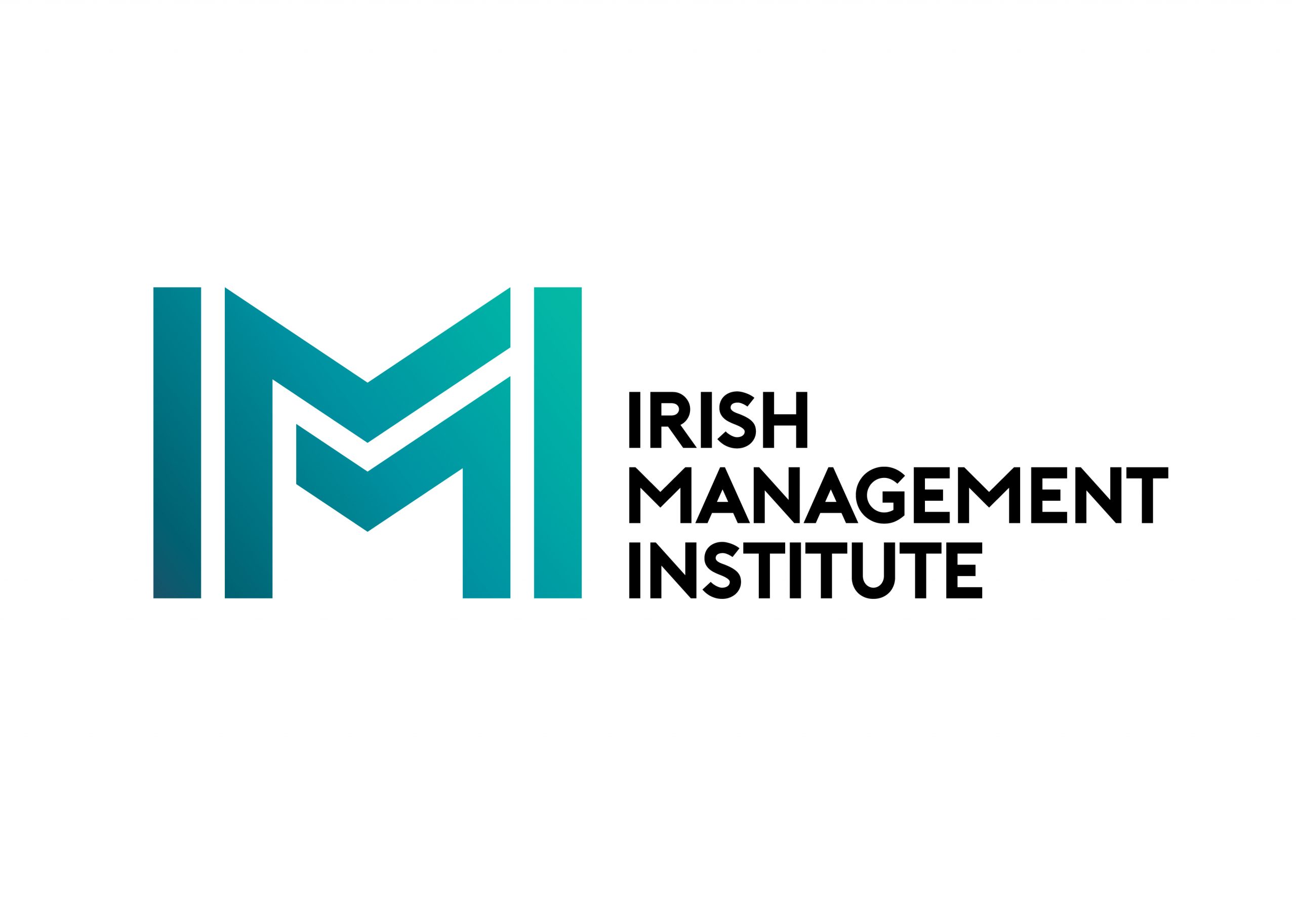Related Articles
Effective Employment Relations Strategies Must Address These Challenges
2023 is best described as a time of radical change, especially within Employment Relations. Now more than ever, it’s vital that organisations have an effective ER strategy and leaders enhance their capacity to lead ER negotiations confidently and effectively. In order to do so, leaders must understand the context within which ER negotiations take place and have a framework for planning and executing their ER strategy and the key communication skills to lead industrial relations.
Based on extensive research we have conducted with industry leaders and experts, we have compiled the top ER challenges leaders and organisations must address now:
- An aging workforce surrounded by younger faces
The labour participation rate is declining, making labour and skills shortages even more challenging to overcome. The Irish Labour Force Participation Rate is currently at 64.6%, while the US figure is 62.5%, according to the US Bureau of Labour Statistics. One reason for this low rate is an aging population and increases in the percentage of people aged 65 and older (though people are working longer than ever before overall). As the population ages, so will a larger percentage of an organisation’s retained employees, which impacts employment relations as the needs and expectations of an older generation are different from those of younger generations, i.e. Gen-Z. One generation is planning for retirement, the other are planning careers. Organisations must structure benefits and training to accommodate widely different needs.
- The hybrid fallout
While the pandemic may finally be in the rear-view mirror, employment relations challenges arising from it remain. The key challenge may be requiring some or all remote workers to return to onsite work, and if so for how many days per week. Many employees are adamant about remaining remote for multiple days a week, with Tuesday-Thursday established by many as the new working (onsite) week – a source of much employee-manager conflict globally, although it should be noted that Irish organisations are generally facing less conflict than many US and UK counterparts. Hybrid and remote working is likely here to stay for most Irish organisations – the big question is more around fine-tuning and optimisation of these models so they work for all employees. Nevertheless, employers must develop adaptive and flexible HR policies to keep up with our new state of constant change, with leaders clearly communicating these policies and ensure employees understand they are iterative and subject to change.
- Employees demanding a purpose beyond profit
Leaders at all levels, and the organisations they belong to, must think differently about the choices they make in a more climate conscious and socially conscious society. Demanding organisations hold a purpose beyond profit, employees are looking for a significant leadership effort from their employers around ESG, D&I, closing gender pay gaps, offering equal opportunities for training and career advancement, and so forth. Employees increasingly expect stronger leadership accountability for bringing change, which often remains slow despite many of these factors being in the public discourse for several years. HR policies and associated procedures should be audited through D&I and ESG lens, which many organisations are making attempts to do. Google announced a new company goal in 2020 to have 30% of its leaders come from unrepresented groups, while closer to home the 30% Club seeks to increase gender diversity at the board and leadership levels. Leadership communication training can be a great way to turn employee concerns into commercial opportunities, e.g. if an employee voices a concern with products produced in an environmentally harmful way, and that leads to innovations, enabling organisations to reach new markets. Thus the concern becomes a shared value.
- Critical upskilling against a backdrop of tech anxiety
Although technology has been a great enabler – for both employees working remotely and employers sourcing a global talent pool – technology increasingly fuels employee anxiety, and for good reason. According to a World Economic Forum survey, 43% of businesses plan on reducing their workforce due to technology; 41% will increase the use of contractors for specialized work; and 34% will expand their workforce due to technology. While 97m new roles could emerge by 2025, 85m jobs may be displaced. Although 40% of workers will require reskilling, 94% of leaders expect employees to learn new skills on the job, which may lead to employees feeling they are held to impossible job requirements if they are also held to previous productivity goals. The solution seems to short, continuous bursts of blended or remote learning at the learner/employee’s own pace, allowing employees to learn on the job but in a manner that suits them. But while offering the training is crucial, so is effective leadership communication. If a third of an organisation’s workforce is worried about being pushed out of jobs, productivity may decline as discontent creeps in.
—
To gain essential insights into how the ER Negotiations process works in Ireland, explore the Mastering Employment Relations Negotiations programme.




